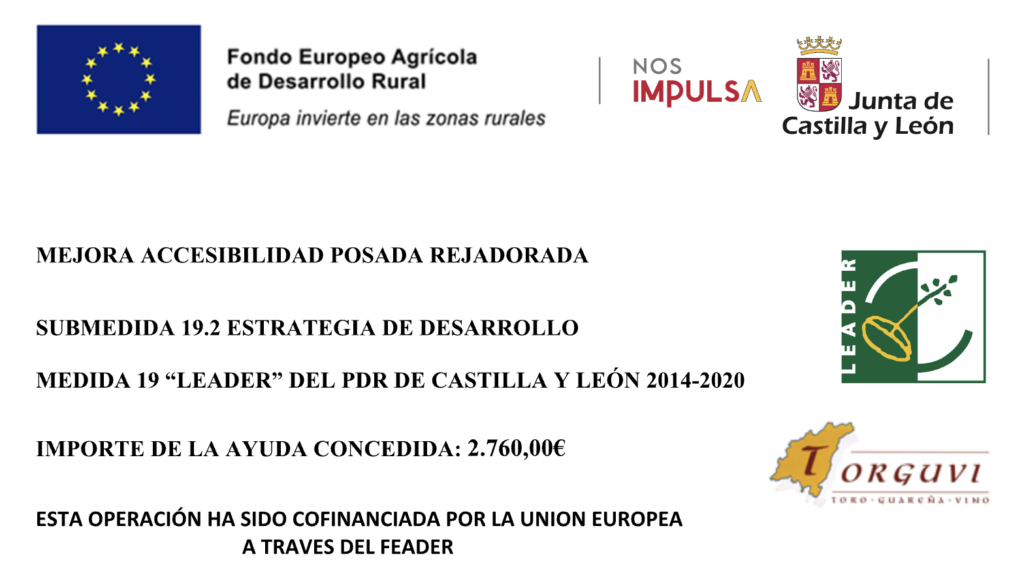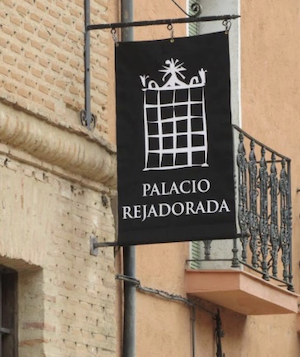
The Rejadorada Palace, also known as the Monroy Palace and the Samaniego House, is one of the palaces with the greatest historical value of all those preserved in the city of Toro, in the province of Zamora.
The origin of the name Palacio Rejadorada dates back to 1476. In that year, the Battle of Toro took place as part of the War of the Castilian Succession (1475-1479), in which Isabel the Catholic obtained the throne and the union of the crowns of Castile and Aragon.
On 11 December 1474, King Henry IV of Castile, Isabella’s half-brother, died. Two days after the king’s death, on 13 December 1474, Isabel proclaimed herself Queen of Castile, on the basis of the legitimacy of the Treaty of Toros de Guisando (1469), by which she was designated Princess of Asturias.
Among other things, this treaty established that Isabella’s marriage could only take place with the prior consent of King Henry IV. In 1469, however, Isabella married Ferdinand of Aragon without the consent of Henry IV, who denounced the violation of the treaty and the conflict of succession began between Isabella and Juana, known as La Beltraneja, daughter of King Henry IV.
In 1475, Juana la Beltraneja married King Alfonso V of Portugal and entered Castile with his army to defend his wife’s dynastic rights.
On 1 March 1476, the troops of Alfonso V met the troops of Ferdinand II of Aragon in the Vega de Toro, near the town of Peleagonzalo.
Don García Álvarez de Toledo, 1st Duke of Alba de Tormes, played a leading role in this battle.
During this period, the city of Toro was in the hands of the Portuguese.
Several supporters of Queen Isabella from Toro met secretly in the house of Antona García, wife of Juan de Monroy, gentleman and hunter of King Juan II of Castile (father of Isabella the Catholic and born in Toro) to plan the best way to rise up against the Portuguese and hand the city over to the Catholic Monarchs.
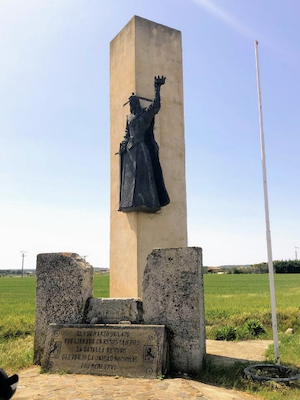
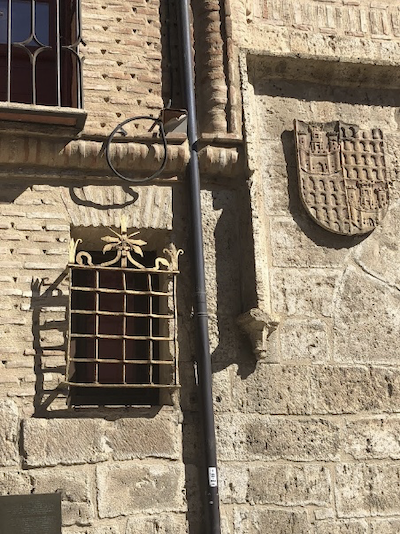
The conspiracy was discovered and the ringleaders imprisoned.
On 9 August 1476, Antona García was hanged outside the door of her house, while proclaiming her loyalty to King Ferdinand and Queen Isabella with her last words. Her corpse was hung on the grille of her house as a punishment.
Her execution was a punishment intended to serve as an example, and was intended to be a humiliating act, as the wife of a nobleman could not be executed in this way.
When the city was liberated from the Portuguese, and the Queen learned of these events, nine days after the death of Antona García, Isabel herself went to the Monroy house and had the grille of her house gilded so that Antona’s courage and bravery would remain in the memory of the people of Toresa.
And in honour of their loyalty and bravery, and in atonement for their sacrifice, the Catholic Monarchs granted their five daughters, Leonor, Catalina, Isabel, María and Antonia and all their descendants, both male and female, the perpetual privilege of transmitting nobility, which entailed a series of privileges and certain exemptions from taxes and duties.
This exceptional privilege lasted for more than 400 years, until the arrival of the liberal socio-political advances of the first third of the 19th century.
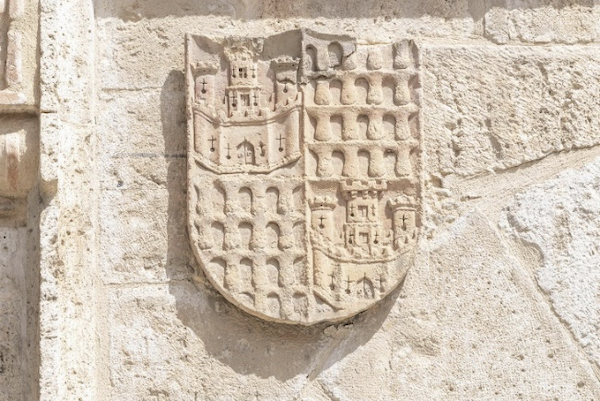
CHARTER GRANTED BY THE CATHOLIC KINGS
TO ANTONA GARCIA
Antona García, wife of Juan de Monroy, a resident of this city of Toro, in respect of the loyalty and fidelity that she owed and was owed and obliged to us and to her kings and natural lordships and the great love and good zeal that she had for us and our service, dealt with some people of the said city of Toro that we should have entered it because the adversary of Portugal and some others of his opinion had it occupied; and when the said adversary came to her notice, she ordered justice to be done publicly for her; And we, having had respect and consideration as the said Antona Garcia died for our service and also because it is proper for kings and princes to remunerate and know the services of their loyal and loyal subjects and natives and servants, and because of her and her descendants there remains a noble memory, therefore, to do good and mercy to you, the legitimate sons and daughters that the said Antona Garcia left, and to the husbands of the said daughters of the said Antona García who marry and are married to them and to their sons and daughters and to their husbands, we wish and it is our mercy and will that you and each one of you and them be free and free and free and exempt and enjoy all the frankness and liberties and exemptions contained in the privilege that the de Valderas have (….). ) Given in the city of Toro on the twenty-fourth day of November, in the year of the birth of our Saviour Jesus Christ, one thousand four hundred and seventy-six years.
I the King. I the Queen. I, Fernando Álvarez de Toledo, Secretary to the King and Queen, Our Lords, have caused it to be written by your command.
Antona García is buried, together with her husband Juan de Monroy, in the Church of San Julián de los Caballeros, close to her home, as she herself ordered in her will on the eve of her execution.
The fame achieved by Antona García and the privilege of her descendants remained in popular culture for centuries, being mentioned in several works by classical authors such as Rodrigo Caro (Diálogo de Días geniales o lúdicos, 1626), Tirso de Molina (Antona García, 1622) and José Cañizares (La heroica Antona García, 1755).
Her condition as a woman of humble origins, her character and the actions she carried out in defence of Isabella the Catholic were unusual for what was expected of a woman of that time. Her way of dying, offering herself as the first to be hanged while encouraging the other condemned men, and the perpetual privilege, posthumously granted by the Catholic Monarchs to all her male and female descendants, made her a popular heroine admired for centuries.
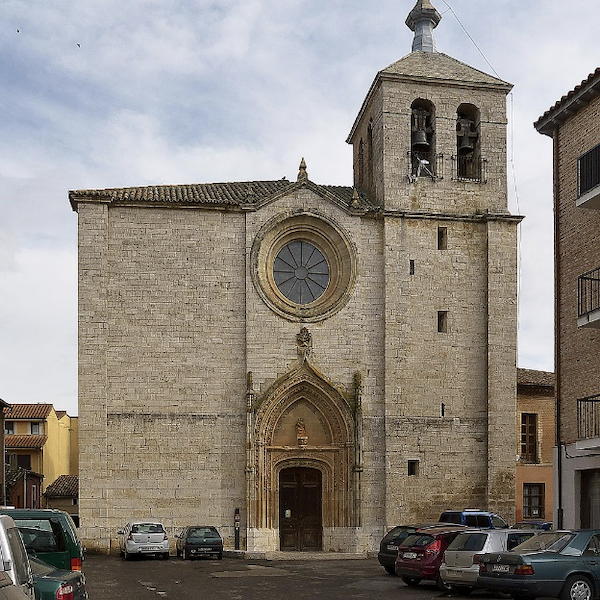
TESTAMENT OF ANTONA GARCIA
In dei nomine amen. Let those who see this letter of testament know how I, Antona García, wife of Juan de Monroy, neighbour of the City of Toro, fearing death but standing upright, in all my sound mind and understanding, make and order my testament in the service of God and of the Glorious Virgin Mary, his Mother, with all the Court of Heaven.
Firstly I commend my soul to my Lord Jesus Christ, who bought and redeemed it by his Holy and precious blood, that by his Holy Mercy and Mercy he may forgive it and take it to the Holy Glory of Paradise, and I send my body to the Church of San Julián of the said City of Toro, in the choir under the lamp (….). ) And I leave as my third parties and executors of this my will to Pedro Fernández, priest of San Julián, and to Juan de Pedrosa, jointly to whom I give my full power to enter into all my goods and the best of them to fulfil and pay the will and pay what is contained in it from the day of my death until one year has elapsed.
And in all my other real and personal property I leave as my legitimate heirs Catalina and María and Leonor and Isabel and Antonia, my daughters….
During the 19th century, the Palacio Rejadorada or Palacio Samaniego was the home of the philanthropist D. Pedro Celestino Samaniego, who died on 10th March 1853.
He was Archpriest, Archdeacon and Dean of Zamora Cathedral, Provisor and Vicar General of the Bishopric, and founded the Obra Pía which bears his name, a charitable institution, which he endowed with numerous estates, whose initial aims, among others, were “to lend wheat for sowing to the needy farmers of Toro, without interest or increase, with the sole obligation on the part of those helped to return it after the harvest”.
On the occasion of the centenary of his death and in gratitude for his altruistic legacy, the Toro Town Council, through a popular subscription, commissioned a bust from the sculptor Ramón Abrantes in 1955.
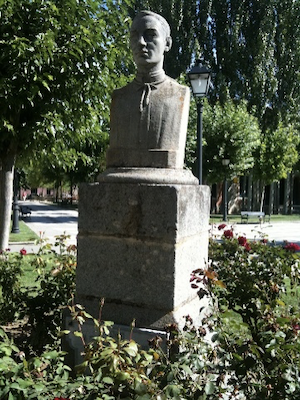
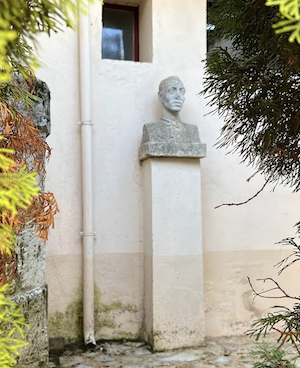
The bust is currently in the Plaza de San Francisco in Toro. On the terrace of the Palace where he lived, there is also another bust of Pedro Celestino de Samaniego.
D. Pedro Celestino de Samaniego is buried in the Church of San Julián de los Caballeros, where his tomb can be seen.
The palace dates from the early 14th century. At the end of the 15th century it was restored by Juan de Monroy’s grandson, the bachelor Pedro de Monroy Mayorga. In 2006 it was transformed into the Rejadorada Palace Inn.




